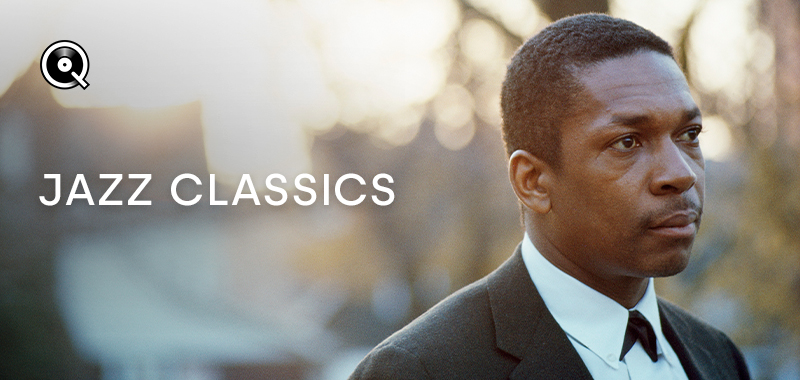At the end of the ‘60s, the rise in the power of funk and its stars intrigued jazzmen. If some openly opted for a radicalization leading to free jazz, others didn’t want to hear about what they consider as binary music from cavemen, only destined to make crowds dance and be harmonically childish. Others at last deigned to take an interest in the electrical experiments of Sly Stone and most of all for their commercial potential. Above all, jazzmen were conscious of straying away from a whole section of revolted youths, avid of decibels and of funky psychedelia. The model—and future singer—Betty Davis, whom he married in September 1968, introduced him to the fashions and sounds of the moment, the discs and clothes from Jimi Hendrix and Sly Stone. The importance of the young woman was such that Miles dedicated to her Mademoiselle Mabry (Miss Mabry)’s theme on the album Filles de Kilimanjaro, whose cover displays her face photographed by Hiro.
Create a free account to keep reading














